A Beginners Guide to Gardening Basics
Learning gardening basics is nothing to be afraid of. Even though juicy tomatoes, tender cucumbers and crisp corn feel like something only for farmers with years of experience, be encouraged! Help for growing vegetables you love is just around the corner.
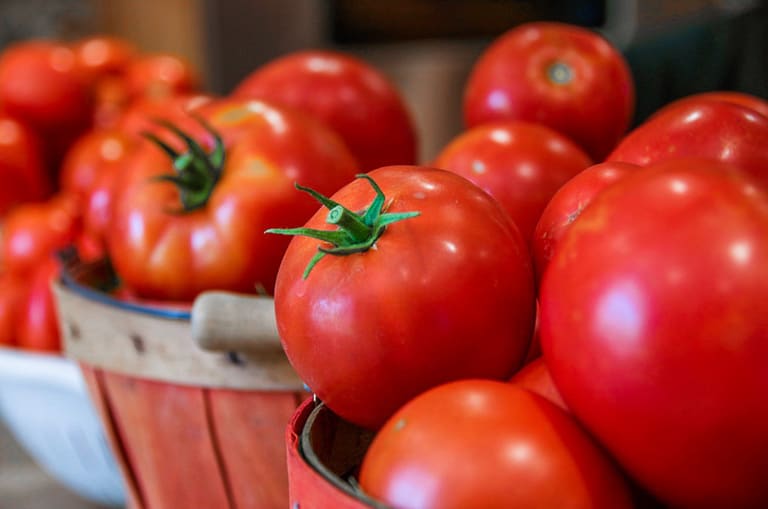
It’s Alli from Longbourn Farm, back again with some gardening tips for growing vegetables! I get a lot of questions about the best place to start when you’re a beginning gardener, so I put together this list of my favorite vegetables to grow and the conditions they need to grow successfully. First, let’s start out with tips for growing any kind of vegetable successfully.
Tips for growing vegetables:
- When growing vegetables, most plants do much better when they are mulched around the base to keep moisture in the soil. You can use peat moss or wood shavings for mulch, I don’t recommend straw as it takes a lot of nitrogen out of the soil and may have weed seeds.
- Keeping plants on a regular watering system is also a key to success. I love using drip line because of how consistent the watering is.
- Always read the label and plant vegetables the proper distance apart, this decreases the chance of getting diseases in your plants.
- Cold weather plants can be planted outside before the last frost date, usually from seed. All other vegetables will need to be planted from starts after the last frost date.
- Daily management is the third key to a successful garden, small changes over time yield amazing results – edible ones!
- What if you have too much harvest? I actually store zucchini and tomatoes in my freezer, it makes the gardening season last so much longer. This year I plan to experiment with freezing kale, I’ll be sure to report back on my blog and let you know how it goes!
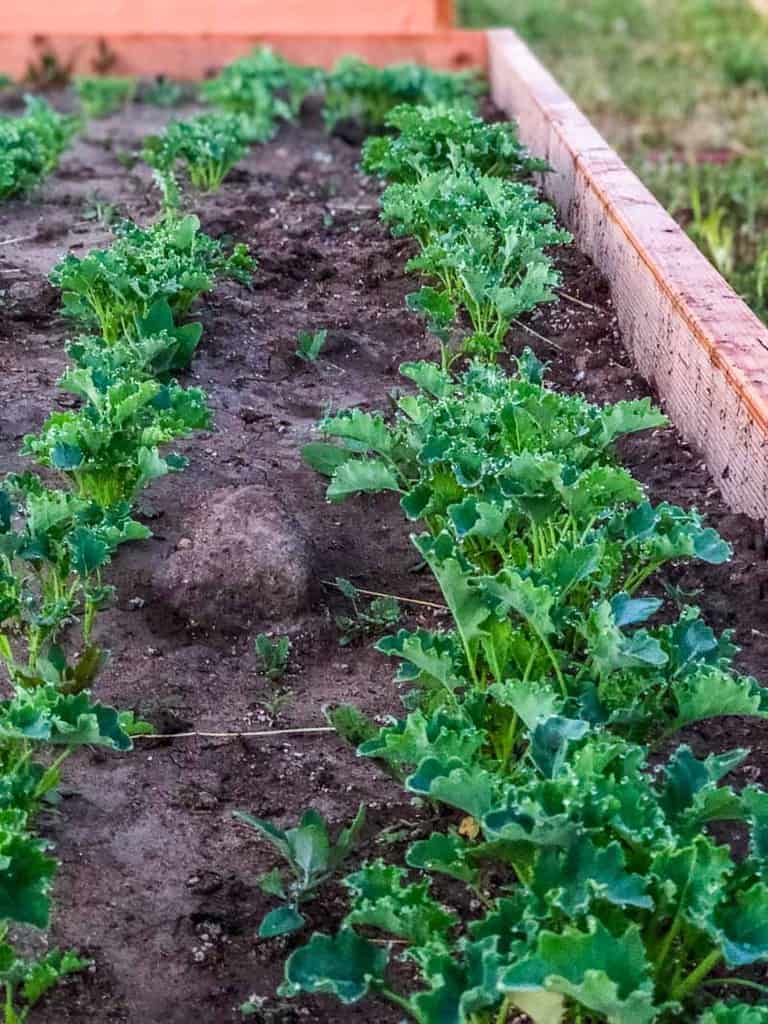
The first vegetable I always recommend growing is kale. You can plant it from seed, it usually lasts all season, even in the heat, and it’s very hardy. Kale is super versatile in the kitchen and will be a workhorse in your garden all summer long. I grow kale in full sun, it slows down during the really hot months but will come back strong once it cools off again. You can plant kale seeds as soon as the ground thaws and is workable. I’ve also made a fresh kale salad from the garden for Thanksgiving, it just lasts forever and is a great place to start on your journey to growing vegetables no matter where you live.
Next, tomatoes. I love growing a wide variety of tomatoes, but when you are just starting out, choose a variety from a local garden center that you know will grow well in your area. Tomatoes need full sun to grow, and unless you live in a very warm growing season, you will need to purchase starts to plant outside after the last frost date.

When you are planting your tomato starts, remove the leaves a few inches up the stem from the base and plant the tomatoes with a few inches of stem buried in the soil. The stems of tomatoes will grow more roots, so burying the stem partway ensures a very strong root system, which will make your plant more productive. Tomatoes also benefit from having really great air circulation, so removing suckers on the stems and planting them the appropriate distance apart is important.
I can’t wait to try my hand at making fried green tomatoes this summer, I’ve never made them!
Zucchini is another perfect veggie for any beginning gardener. It is hearty and produces very well, you’ll probably only need one plant. Unless you’re me and a glutton for punishment, then you’d plant 5 zucchini plants. Ha! I plant zucchini from seed after the last frost date, it may seem crazy not to do starts but most seeds are hybrid and will have no problem catching up to the starts, squashes, in general, hate being transplanted and it takes them a while to bounce back.
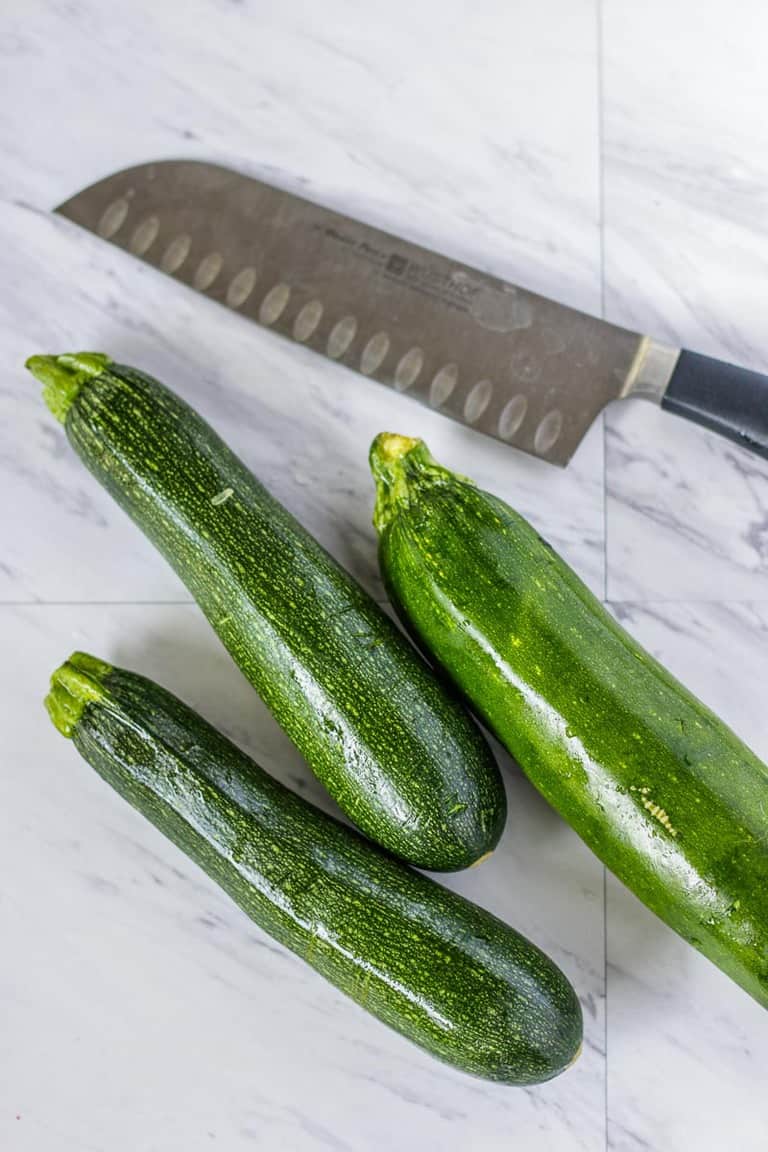
Zucchini also needs full sun to grow its best. It can get squash bugs or fungus, both can be treated easily. Squash bugs can actually be managed by hand if you only have one plant, simply remove any when you see them. Covering the plant with a fine mesh will also keep the squash bugs away. If you are comfortable using it, food-grade diatomaceous earth is another great pest control option. I manage fungus with a natural copper fungicide, found in most garden centers.
PS: You should definitely pin and bookmark Rachel’s Moist Zucchini Bread for later on in the season – so delicious!
Lastly, I always try to encourage growing fresh herbs in your garden! Not only are fresh herbs perfect for taking the flavor of any dish to the next level, but they are so easy to dry and store for use all year long. When you are just learning to grow vegetables, start out with parsley and basil. Both are hardy and easy to grow. If you notice the basil leaves turning purple, it probably just got extra cold one night. Basil doesn’t do well before the last frost date, so be sure to plant it out afterward. I also recommend planting herb starts for this reason.
I hope this post helps you feel confident starting your own garden, you don’t need much space or any fancy equipment to get started. Growing your own food is so rewarding!
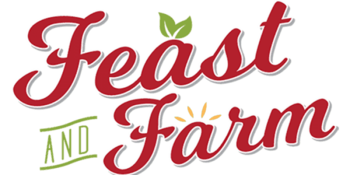
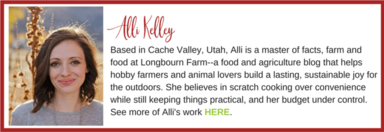
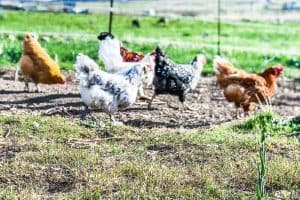
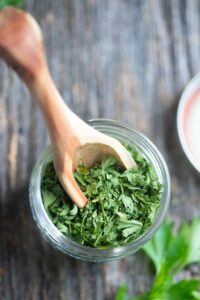
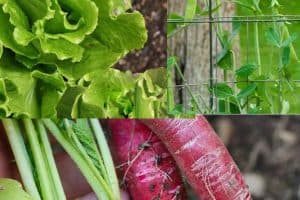
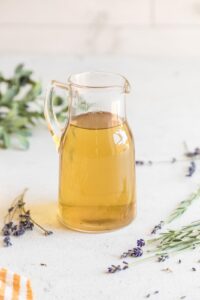
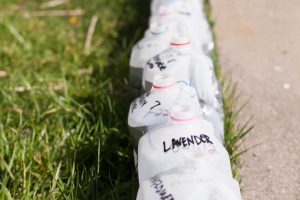
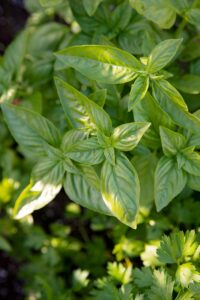
About the Author
Rachel Ballard, RN, BSN brings more than 20 years of professional nursing expertise to Feast and Farm. With a love for nutrient dense foods that support wellness, she works to distill complex health information and current trends into recipes that fuel the best version of yourself. Read more about Rachel here.